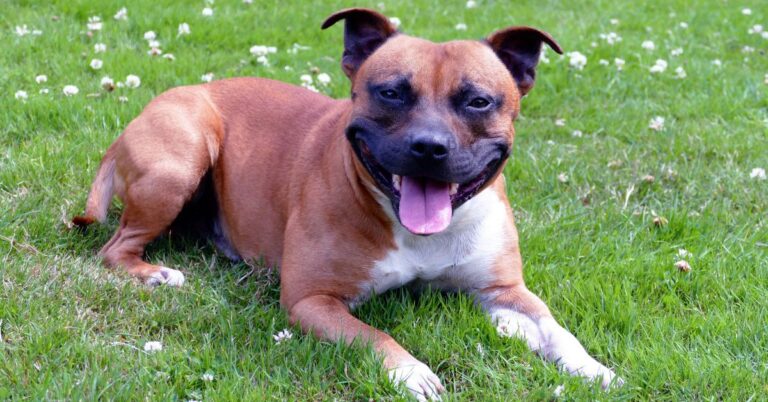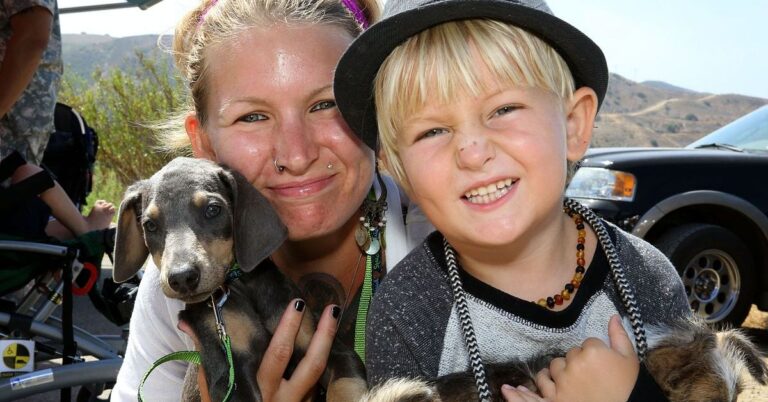10 Essential Bullmastiff Facts For Owners And Enthusiasts

Bullmastiffs are more than strong protectors—they possess a distinct mix of traits that make them stand out. Some come from their working dog roots, while others stem from their physical build and instincts. These lesser-known facts showcase why this breed stands out.
A Breed Born From Necessity
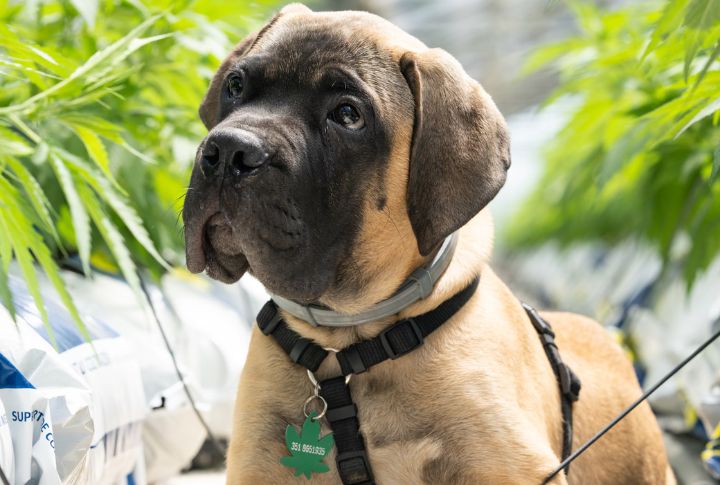
Nineteenth-century gamekeepers had a problem—poachers raiding private lands under the cover of night. The solution? A powerful yet controlled guardian. By crossing Bulldogs with Mastiffs, the Bullmastiff was developed. These dogs weren’t just enforcers; they were stealthy, strategic partners in crime prevention, capturing intruders without excessive force.
Exceptional Drool Production & Management
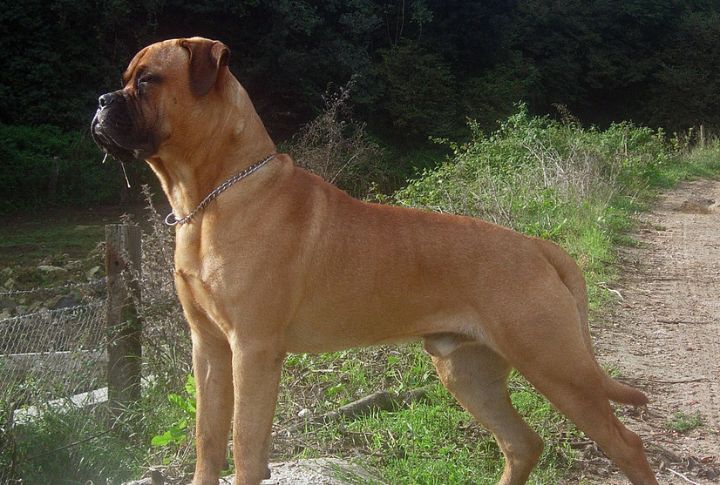
Bullmastiffs are known for their substantial drooling, a trait stemming from their loose jowls and large mouths. This isn’t a fault but a breed characteristic. Owners often keep “drool rags” handy. Regular cleaning of facial folds is essential to prevent skin irritation and infections.
A Guard Dog That Rarely Barks

Bullmastiffs are naturally quiet protectors. Their imposing size and confident stance deter threats without excessive barking. When they do bark, it’s usually for a serious reason. This makes them reliable guardians—watchful, alert, and effective without unnecessary noise.
Built Like A Tank But Agile
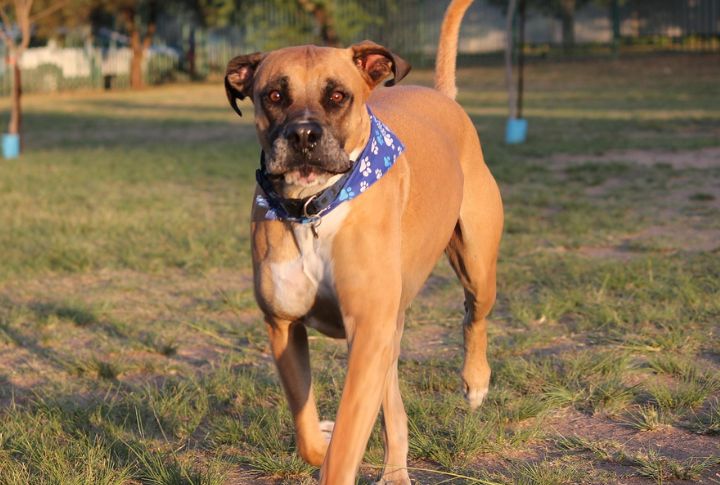
Bullmastiffs, weighing up to 130 pounds, have a powerful build that makes them formidable guardians. Despite their size, they can move with surprising speed when necessary. Originally bred to guard estates, their strength and presence made them highly effective at deterring intruders.
Not A Swimmer By Choice
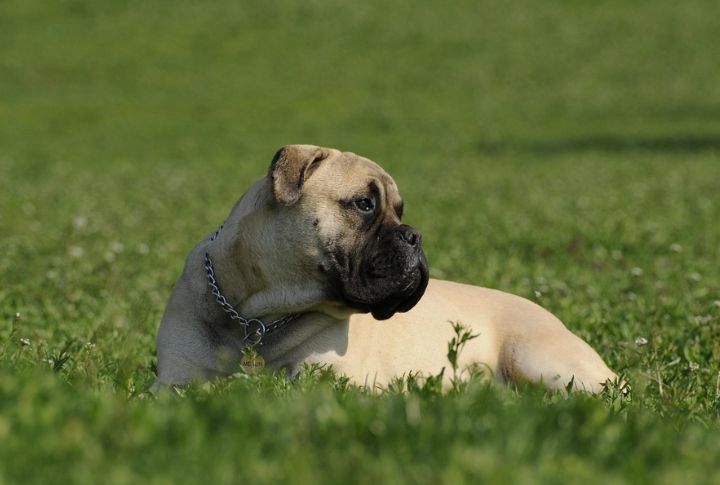
While some large breeds love water, Bullmastiffs generally aren’t natural swimmers. Their muscular build and short muzzle make swimming challenging, and many prefer staying on solid ground. Without early exposure, they may be hesitant around water, requiring patience and encouragement to feel comfortable in pools or lakes.
Heat Can Be Their Worst Enemy
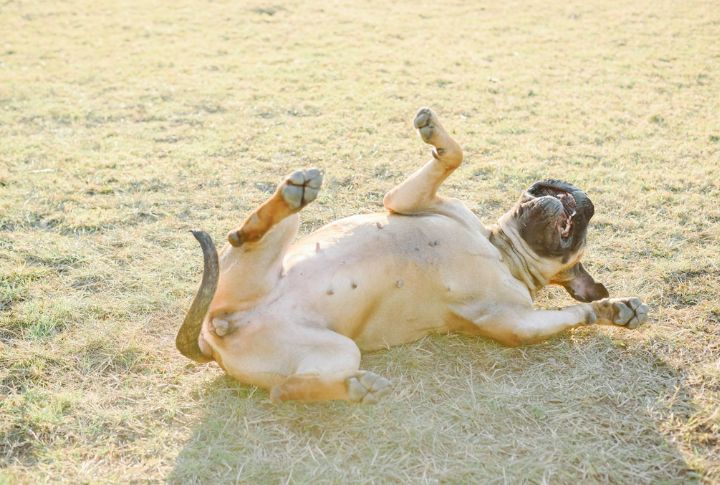
Unexpectedly, high temperatures pose a serious threat to this muscular breed. Due to their short muzzles and dense build, Bullmastiffs struggle to regulate body temperature efficiently. Without shade and hydration, they risk overheating rapidly. Cool environments aren’t a luxury for them—they’re essential in warmer climates.
A Gentle Giant With A Surprising Soft Spot
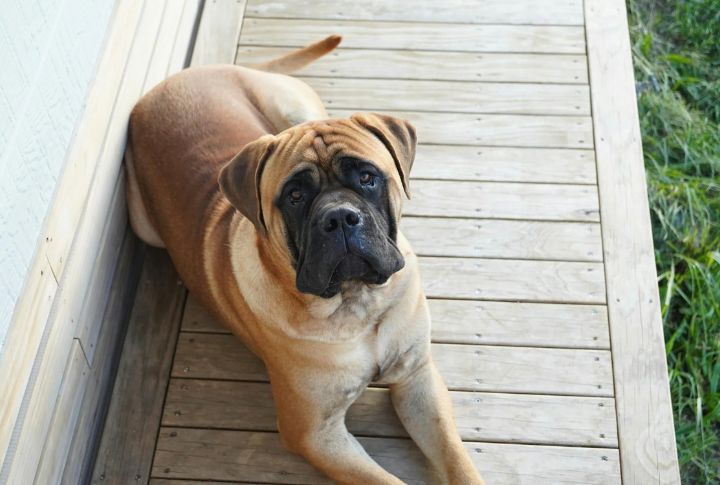
Beneath that imposing exterior lies a dog that thrives on affection. Unlike many working breeds that prefer solitude, Bullmastiffs flourish on companionship. Studies show that breeds with strong protective instincts often form the deepest family bonds. They don’t just guard the home—they cherish the people in it.
Minimal Exercise But Maximum Engagement
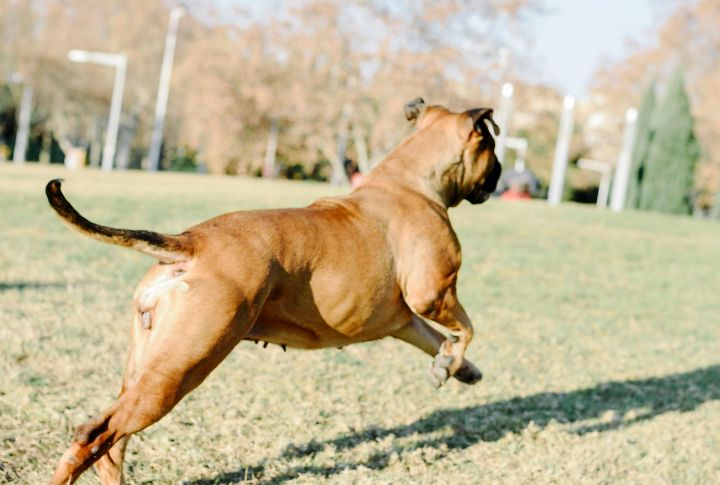
Bullmastiffs require moderate exercise to maintain their health. Equally important is mental stimulation to prevent restlessness. Without interactive games or training challenges, they may develop undesirable behaviors like chewing or increased vocalization.
Considerations For Bloat (Gastric Dilatation-Volvulus)
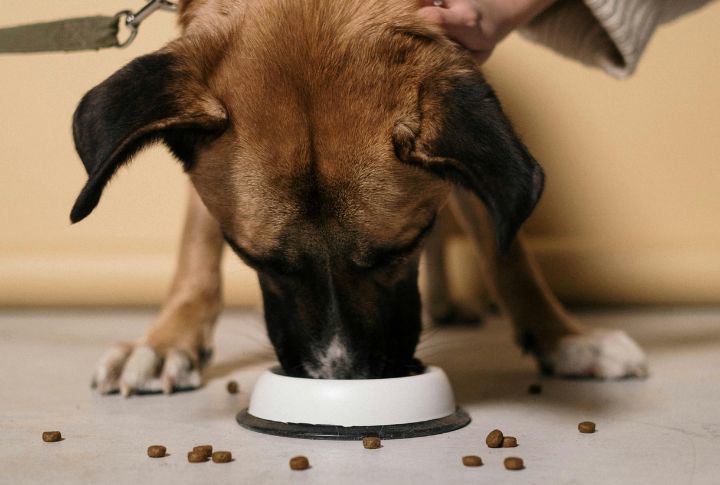
Like many deep-chested breeds, Bullmastiffs are prone to gastric dilatation-volvulus (GDV), or bloat— a serious condition where trapped gas causes the stomach to expand and shift, potentially leading to dangerous complications if not treated quickly. To reduce risk, owners should offer smaller meals, limit activity near feeding times, and consult a vet about gastropexy for high-risk dogs.
The Bullmastiff’s Unexpected Lifespan Advantage
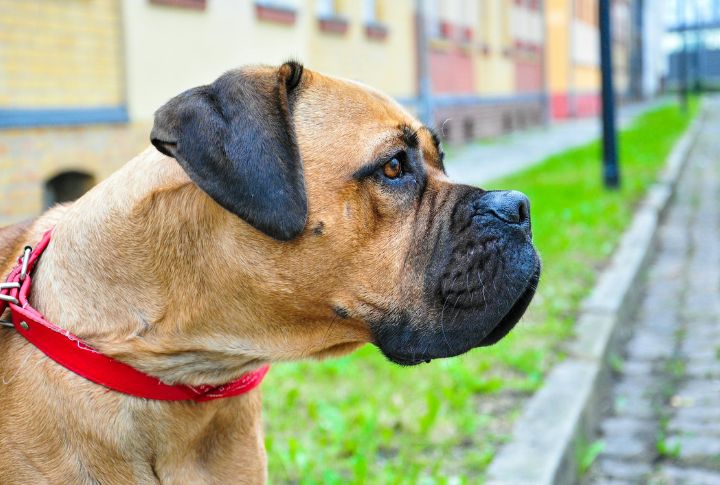
Large canines typically have shorter life expectancies, and Bullmastiffs are no exception. With proper care, they can live around 8 to 10 years, sometimes longer. Among guardian breeds in their weight category, they tend to have a relatively longer lifespan compared to others like the Cane Corso or Neapolitan Mastiff.

